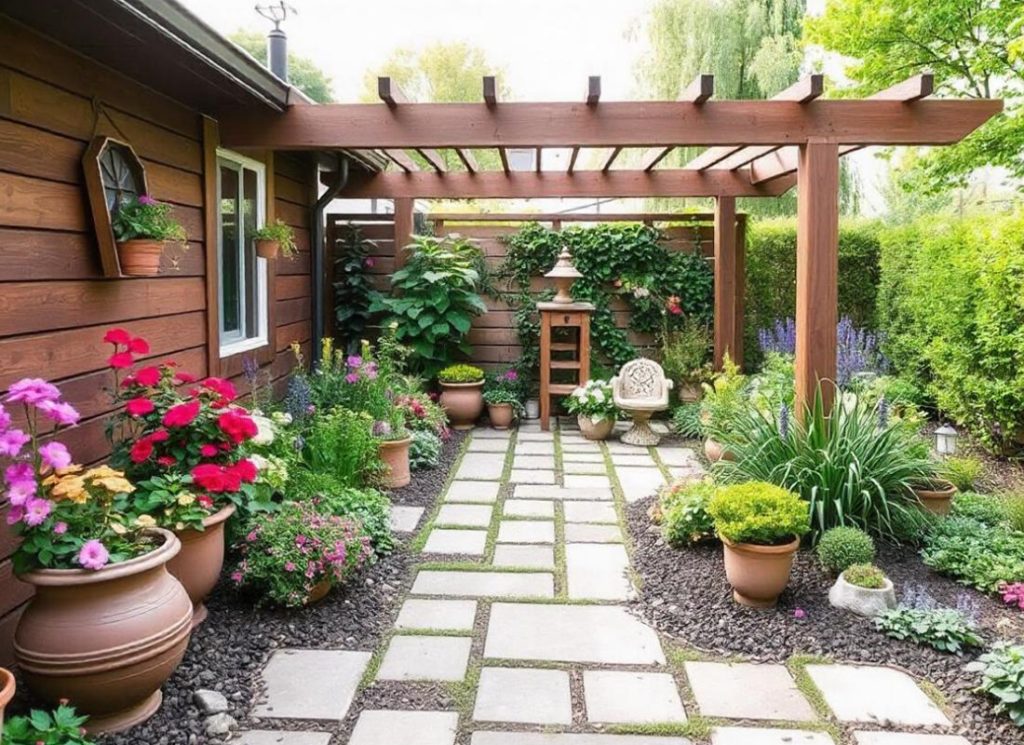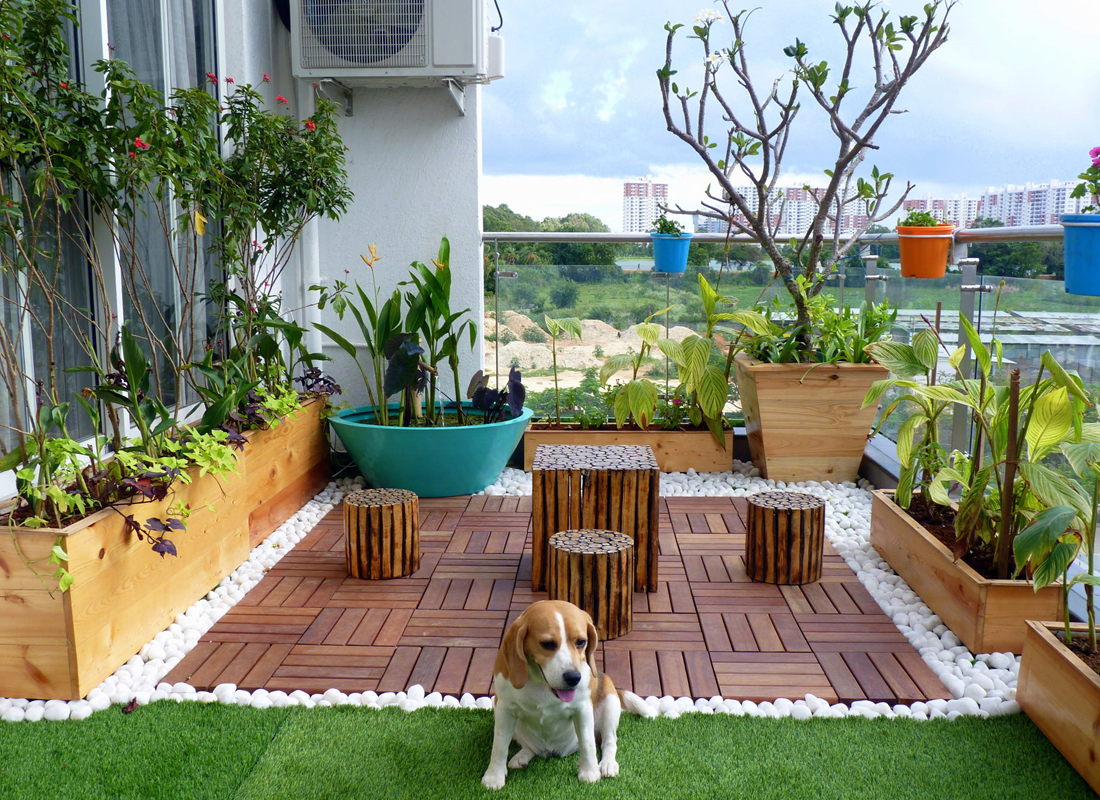Consider your lifestyle and how much time you can dedicate to gardening. If you prefer low-maintenance plants, opt for hardy varieties that require less care. Conversely, if you enjoy spending time nurturing plants, you might choose a more diverse selection that demands attention. This initial assessment will inform your plant choices, layout, and overall design.
Vertical gardening is an excellent solution for small spaces. By utilizing vertical structures such as trellises, shelves, or wall planters, you can grow a variety of plants without taking up valuable ground space. Climbing plants like peas, beans, and cucumbers can be trained to grow upward, freeing up space for other plants below. Additionally, hanging planters can add greenery without occupying floor space, allowing you to create a lush environment even in limited areas. Vertical gardening not only maximizes space but also adds visual interest and dimension to your garden.
Container gardening is another effective strategy for small spaces. Using pots and containers allows for flexibility in plant placement, enabling you to create a dynamic garden layout. Choose containers that suit your style and the plants you wish to grow. Consider using self-watering containers to simplify maintenance and ensure your plants receive consistent moisture. Containers can be placed on patios, balconies, or even window sills, making it easy to incorporate greenery into your living space. The variety of shapes, colors, and materials available for containers can also enhance the aesthetic appeal of your garden.

When selecting plants for your small garden, opt for varieties that are well-suited for container growth and have compact growth habits. Herbs, salad greens, and dwarf varieties of vegetables are excellent choices that can thrive in limited space. Additionally, incorporating perennial plants can provide long-term beauty and reduce the need for replanting each season. Choose plants that complement each other in terms of sunlight and water requirements to create a harmonious garden. This thoughtful selection can enhance the overall health of your garden and simplify maintenance.
Efficient use of space is crucial in small gardens. Consider implementing companion planting techniques, where different plants are grown together to maximize yield and deter pests. For example, planting marigolds alongside vegetables can help repel harmful insects while attracting beneficial ones. This approach not only enhances productivity but also creates a more diverse and resilient garden ecosystem. By understanding the relationships between different plants, you can create a thriving environment that supports both your gardening goals and the local ecosystem.
Incorporating pathways and seating areas can enhance the functionality of your small garden. Use stepping stones, gravel, or mulch to create clear pathways that allow easy access to plants. A small seating area can provide a peaceful spot to relax and enjoy your garden. Consider using foldable or stackable furniture to save space while still offering a comfortable place to unwind. This area can serve as a retreat where you can enjoy a cup of tea or read a book, further enriching your gardening experience.
Lastly, make sure to prioritize sunlight exposure when designing your small garden. Observe how sunlight moves across your space throughout the day and choose plants accordingly. Some plants thrive in full sun, while others prefer partial shade. By understanding the light conditions in your garden, you can ensure that each plant receives the optimal amount of sunlight, promoting healthy growth and vibrant blooms. If your space has areas with varying light conditions, consider creating zones with different plant types that cater to those specific needs.
In addition to these practical considerations, think about incorporating decorative elements that reflect your personality. Garden art, decorative stones, or whimsical ornaments can add character and make your small garden feel unique. These touches can transform your garden into a personal sanctuary that resonates with your style and preferences.
Remember that patience is key when designing a small garden. Plants take time to grow and flourish, so enjoy the process and celebrate small milestones along the way. By nurturing your garden and observing its evolution, you can create a functional and beautiful space that enhances your home and enriches your life. The journey of gardening in a small space can be immensely fulfilling, providing not only fresh produce or beautiful flowers but also a deeper connection to nature and your surroundings.

